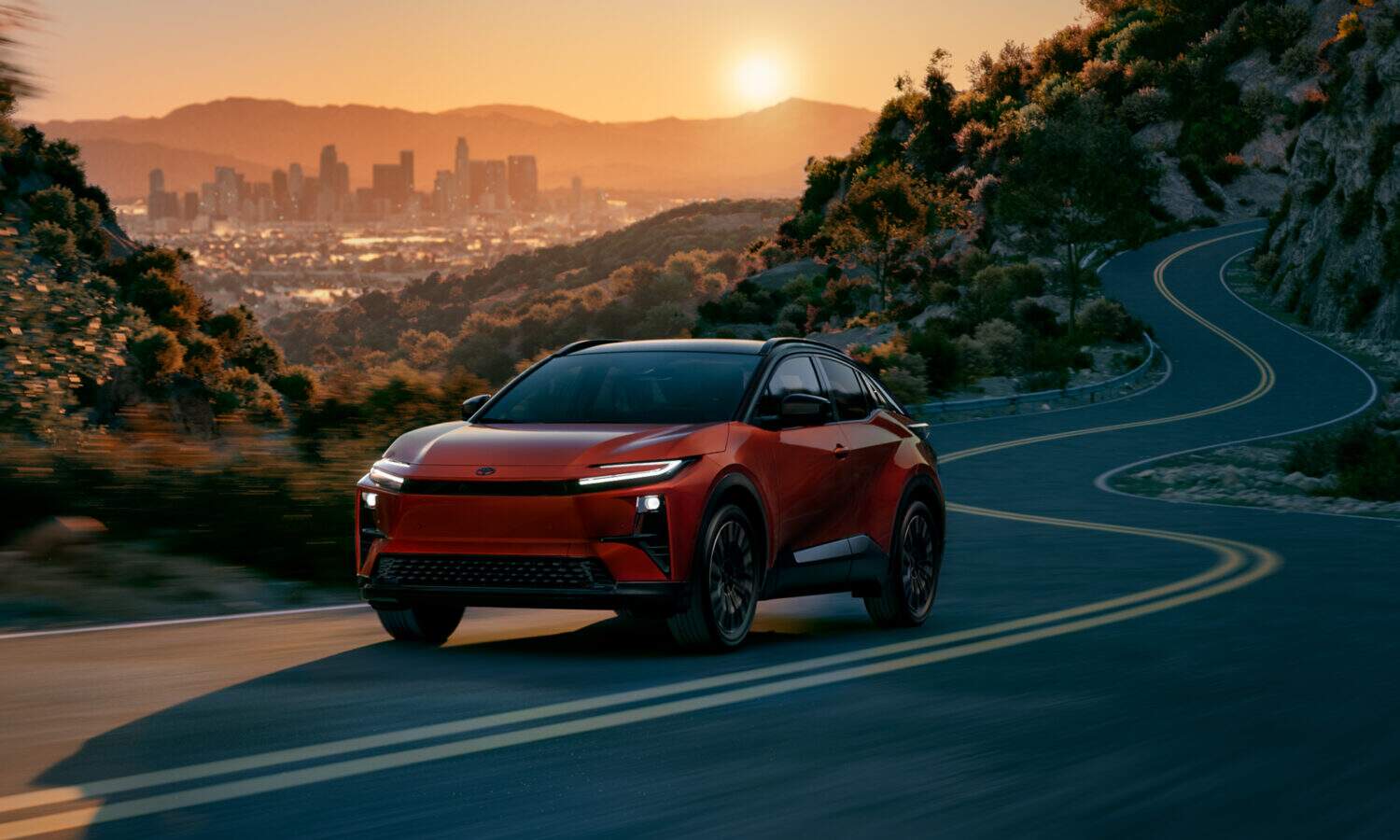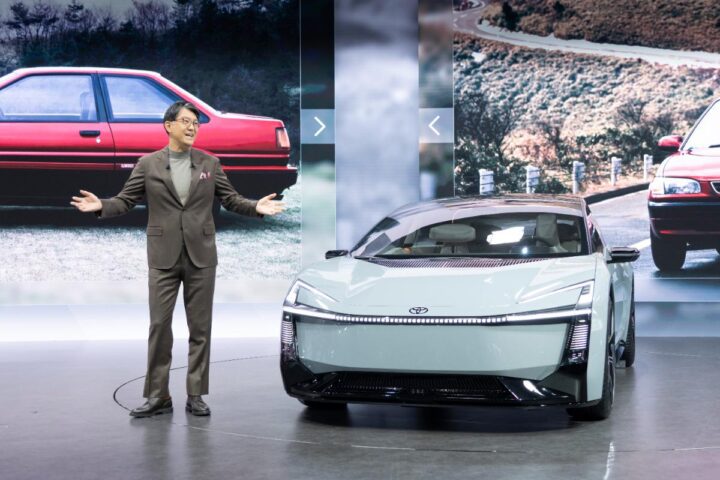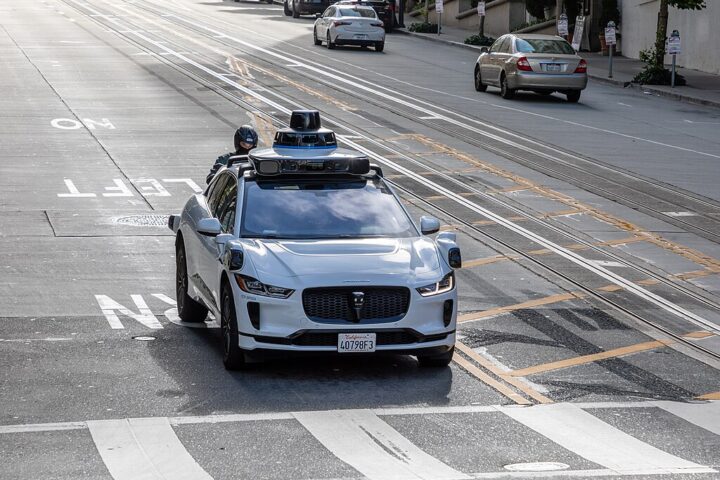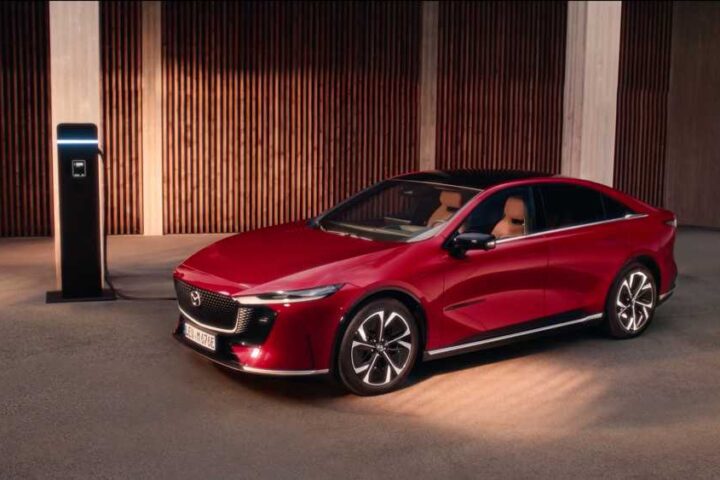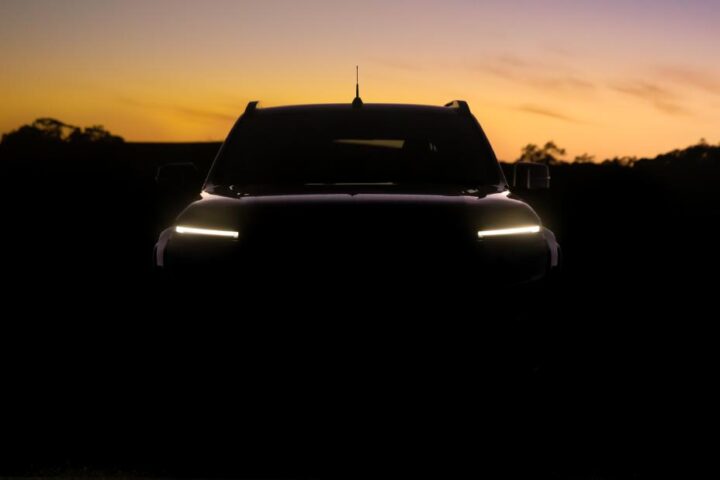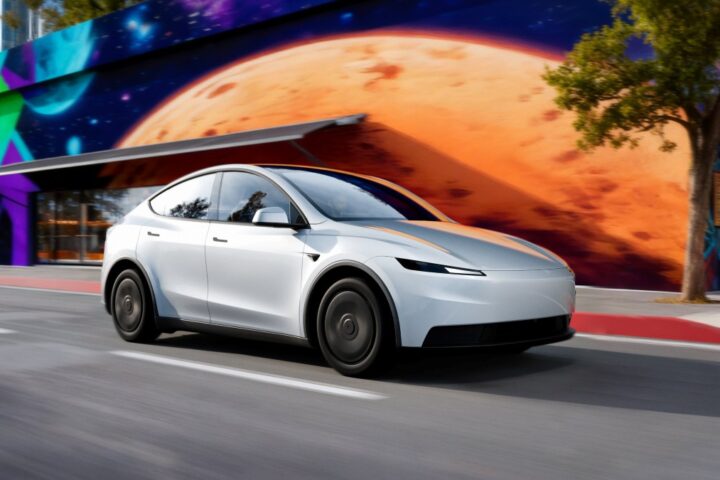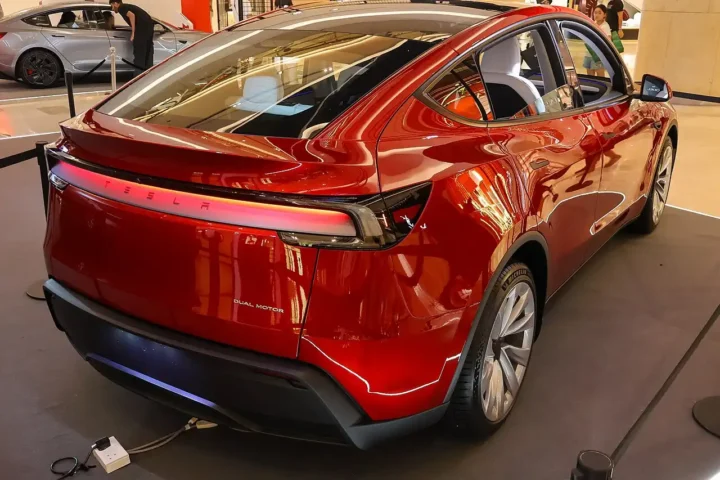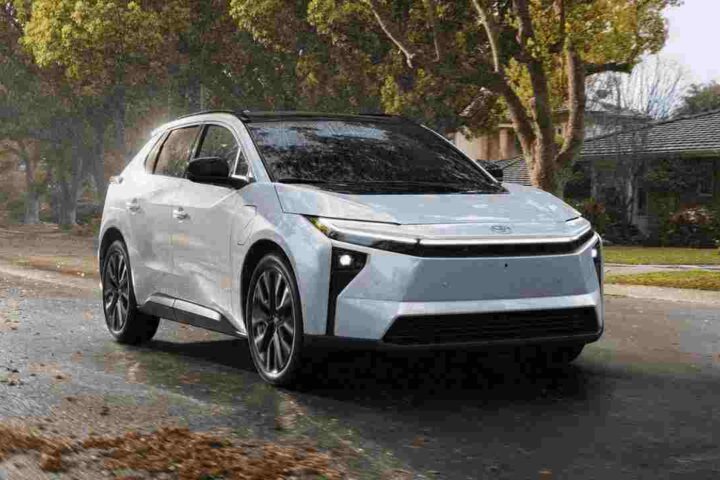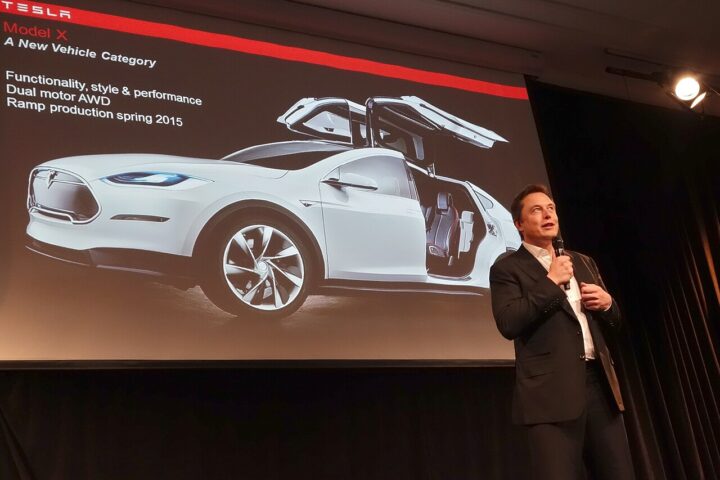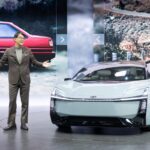Toyota is reviving the C-HR nameplate for the American market, but this time as a fully electric vehicle. The new 2026 C-HR EV bears little resemblance to its gas-powered predecessor, packing significantly more power and technology into a sleek, coupe-like SUV body.
The all-electric C-HR will deliver 338 horsepower through a standard all-wheel-drive system with electric motors at both axles. This represents a dramatic increase in performance over the original C-HR, allowing the new electric version to accelerate from 0-60 mph in approximately 5 seconds – making it one of the quicker vehicles in Toyota’s lineup.
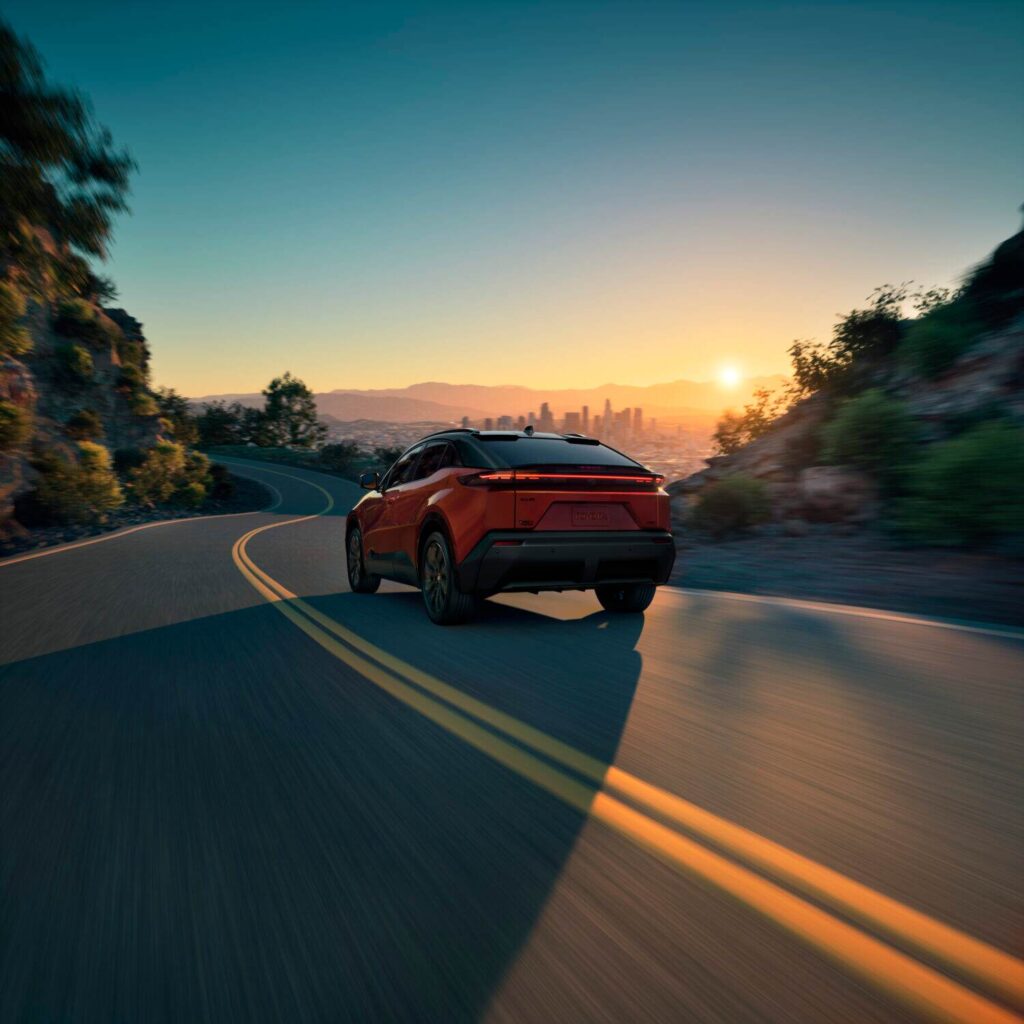
“The Toyota C-HR BEV is designed as an expression of the fun-to-drive, exhilarating character of electric vehicles,” states Toyota in its announcement of the new model.
Built on Toyota’s dedicated e-TNGA electric vehicle platform, the C-HR EV features a 74.7 kWh battery that Toyota claims will provide up to 290 miles of range on a full charge. The vehicle comes equipped with a North American Charging System (NACS) port, making it compatible with Tesla’s Supercharger network without requiring an adapter. When connected to a DC fast charger, Toyota says the battery can go from 10% to 80% charge in about 30 minutes under ideal conditions.
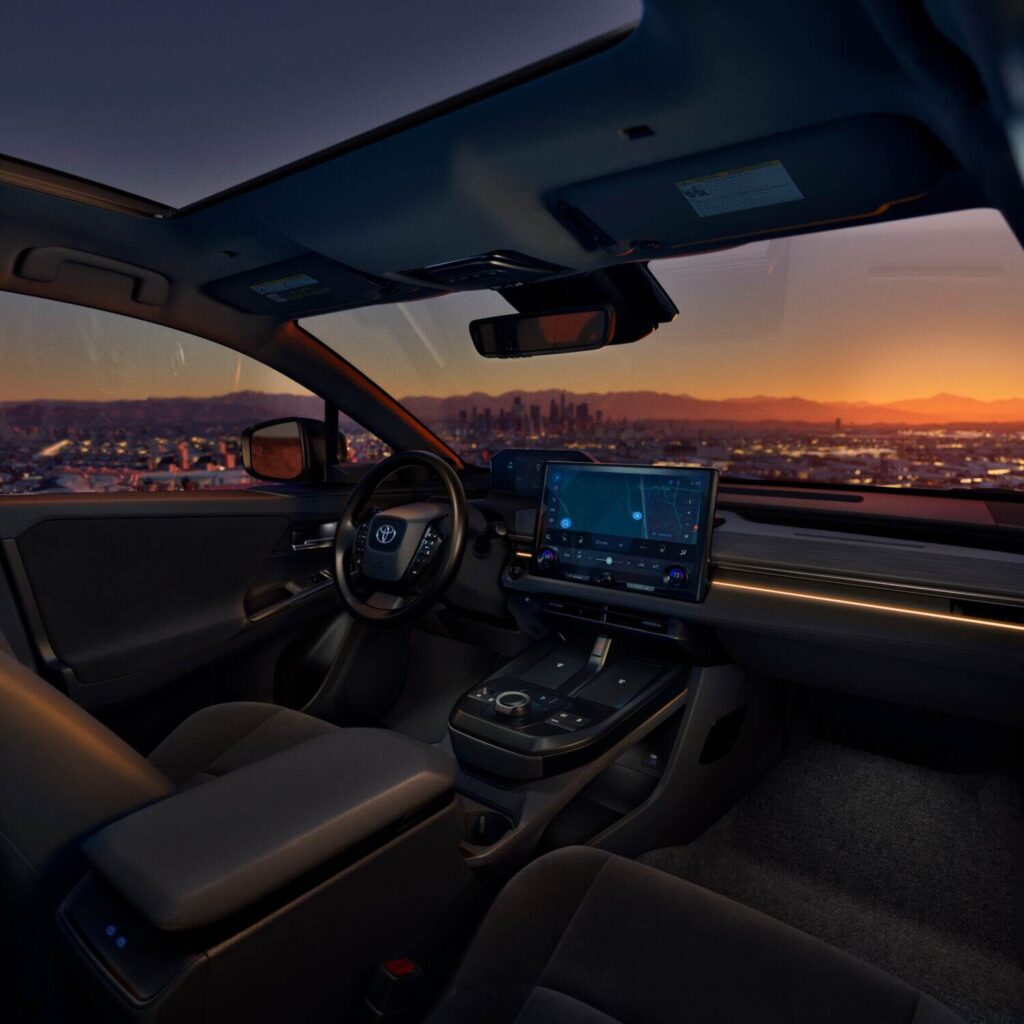
Measuring 177.9 inches long with a 108.3-inch wheelbase, the C-HR EV offers 25.4 cubic feet of cargo space behind its rear seats. Inside, passengers will find a 14-inch touchscreen running Toyota’s multimedia system, dual wireless phone chargers, and customizable ambient lighting. The cabin design is described as “clean and open” with soft-touch materials throughout.
Similar Posts
Two trim levels will be available: SE and XSE. The base SE comes with 18-inch wheels, heated front seats, a heated steering wheel, and Toyota Safety Sense 3.0 driver assistance features. The higher XSE trim adds 20-inch wheels, synthetic suede-trimmed seats, and additional technology features like Traffic Jam Assist and Lane Change Assist.
Unlike in Europe, where multiple powertrain options are available, U.S. customers will only get the most powerful dual-motor configuration with the larger battery. Pricing hasn’t been officially announced, but industry observers expect the C-HR EV to start around $35,000.
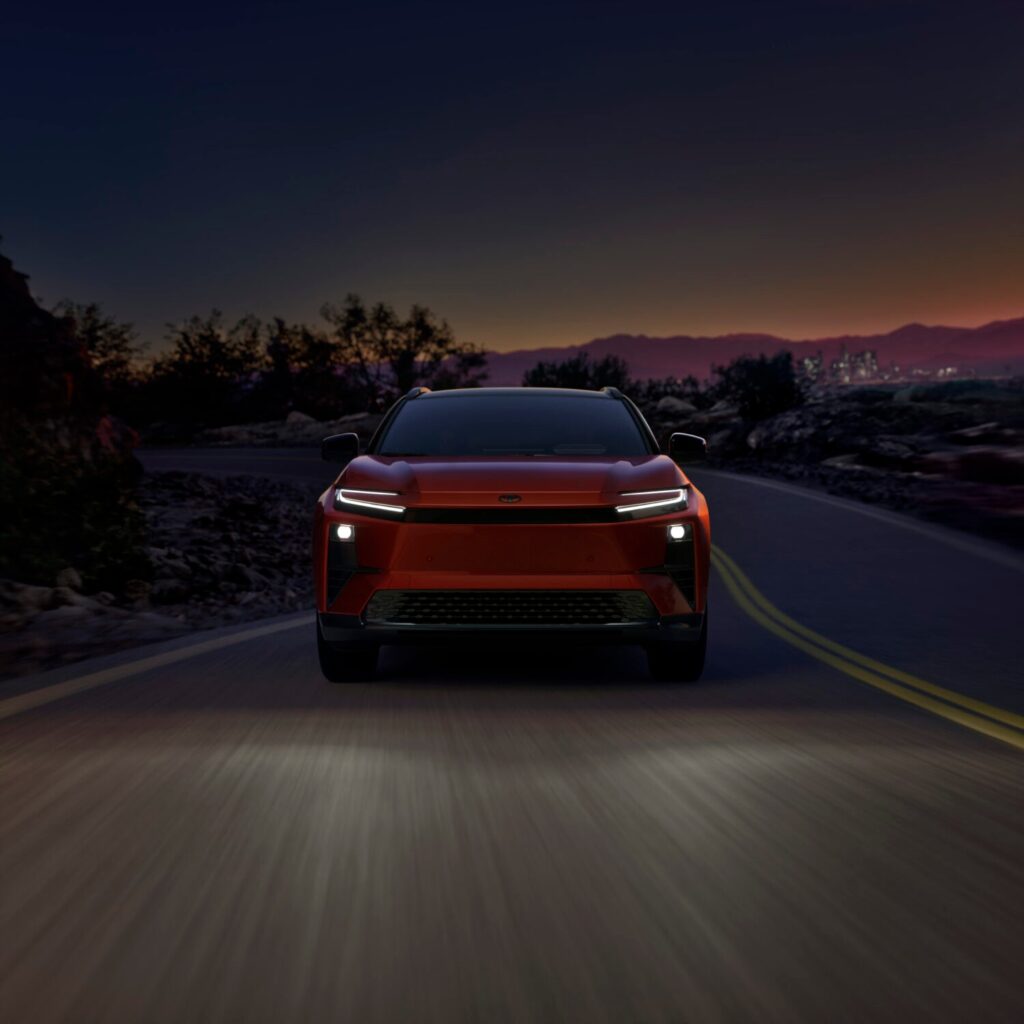
The C-HR EV will feature paddle shifters that control four levels of regenerative braking, allowing drivers to adjust how aggressively the vehicle recaptures energy when slowing down. This system converts kinetic energy back into electricity to extend the vehicle’s range.

Toyota has incorporated several battery safety measures, including redundant monitoring systems that track voltage, current, and temperature to maintain optimal battery conditions. The company also highlights the vehicle’s high-resistance coolant circulation system designed to prevent thermal events from short circuits.
The 2026 C-HR EV represents Toyota’s 20th electrified model and continues what the company calls its “multi-pathway powertrain approach” to meeting diverse customer needs. The vehicle is expected to arrive at U.S. dealerships sometime in 2026, though a specific month has not been announced. When it does arrive, the C-HR EV will enter an increasingly competitive electric compact SUV segment, facing off against established models like the Hyundai Kona Electric and upcoming vehicles like the next-generation Chevrolet Bolt.
